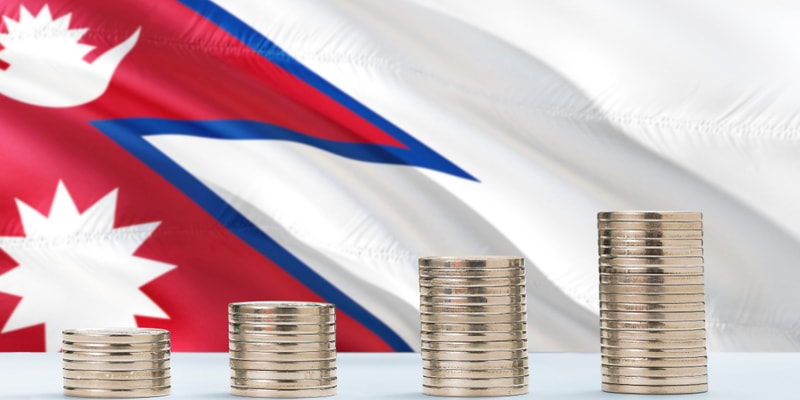
Nepal is of one of 9 countries in Asia and 47 globally whose international status is of a Least Developed Country (LDC) and additionally is one of the original 24 countries that were catalogued in 1971. LDC categorisation allows the most underdeveloped countries to be distinguished from the likes of Less Economically Developed Countries, Lesser Developed Countries and Developing Countries that make up the so-called “third-world”.
This grouping that Nepal shares with many land-locked developing countries and small island developing states, unlocks international support particularly surrounding debt relief and technical assistance. In conjunction with the World Trade Organisation, into which Nepal ascended in 2004, lesser trade obligations are given to LDCs. These benefits are designed to facilitate sustainable development and to raise living standards that will eventually lift millions of people out of poverty.
For inclusion as an LDC, 3 United Nations eligibility criteria that encompass both social and economic factors of development must be met; Gross National Income (GNI) per capita in US dollars, Human Assets Index (HAI) and Economic Vulnerability Index (EVI). Inclusion thresholds which are subject to change currently sit at a GNI per capita of $1,025 or less, HAI of 60 or less and an EVI of 36 or more. The HAI is a socio-economic indicator incorporating undernourishment, literacy rates and school enrolment ratios along with several others. EVI on the other hand, focuses more geographically on remoteness, natural disasters, instability of exports, among others.
Graduation, however, only requires 2 of the 3 criteria to be attained in two consecutive triennial reviews. Graduation thresholds sit at a GNI per capita of $1,230 or more, HAI of 66 or more and an EVI 32 or less. An income-only graduation is achievable when GNI per capital is $2,460 or more, double that of the standard graduation benchmark.
Nepal does in fact meet the criteria in both HAI and EVI, with indexes of 71.2 and 28.4 respectively, in order to graduate to developing country status. However, upon deliberation in the triennial reviews country specific situational considerations are made. Following the review in 2018, despite Nepal be eligible to progress to graduation, a decision of deference was made. This is not uncommon, in fact deference was granted to Timor-Leste in the same year. Many of the reservations that conclude in graduation deference originate in concerns over sustainability.
Following the end of civil conflict in 2006 and recent improvements in reducing poverty rates, Prime Minister KP Sharma Oli has claimed the government will give priority to targeting graduation by 2022. Although there are concerns that a graduation to Developing country status would reduce the level of international aid, and that this in turn may stifle the velocity of development both socially and economically.
Although it is important to note, that graduation to the league of developing countries does not signify the end of financing from development banks and eligibility to foreign aid. Such support only terminates when a country’s per capita income reaches a greater benchmark.
Considering the specific case of Nepal, whose GNI per capita income remains relatively low, it would be prudent to delay exit from LDC status until economic growth is more stable. The Istanbul Programme of Action notes that in order to graduate, an LDC requires at least 7% economic growth rate. Unless the Government of Nepal sets into action policies to stimulate growth, the aspirations of graduating by 2022 are unlikely to be met.